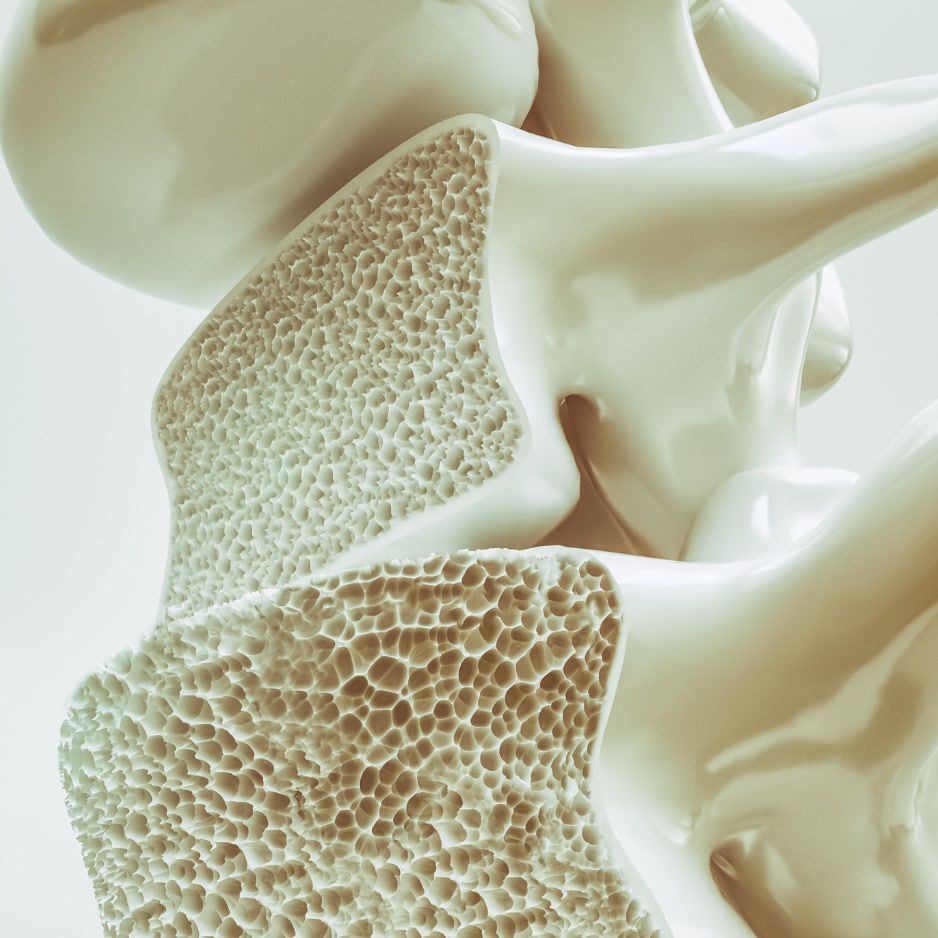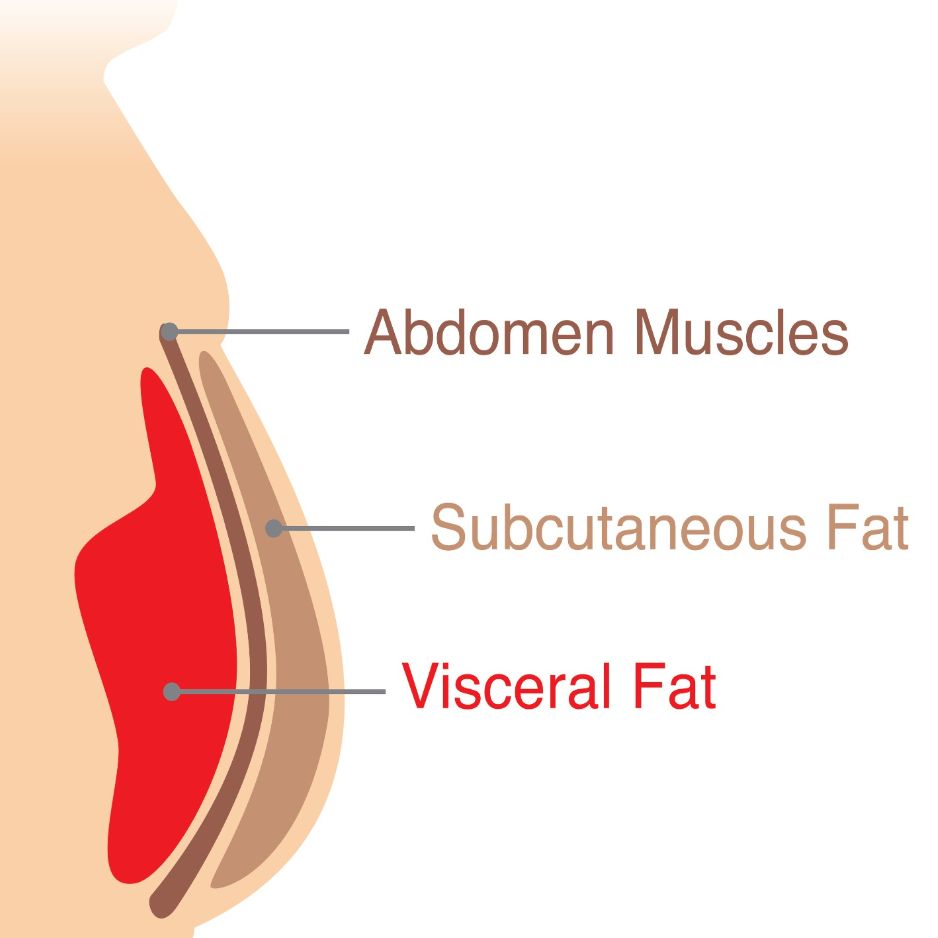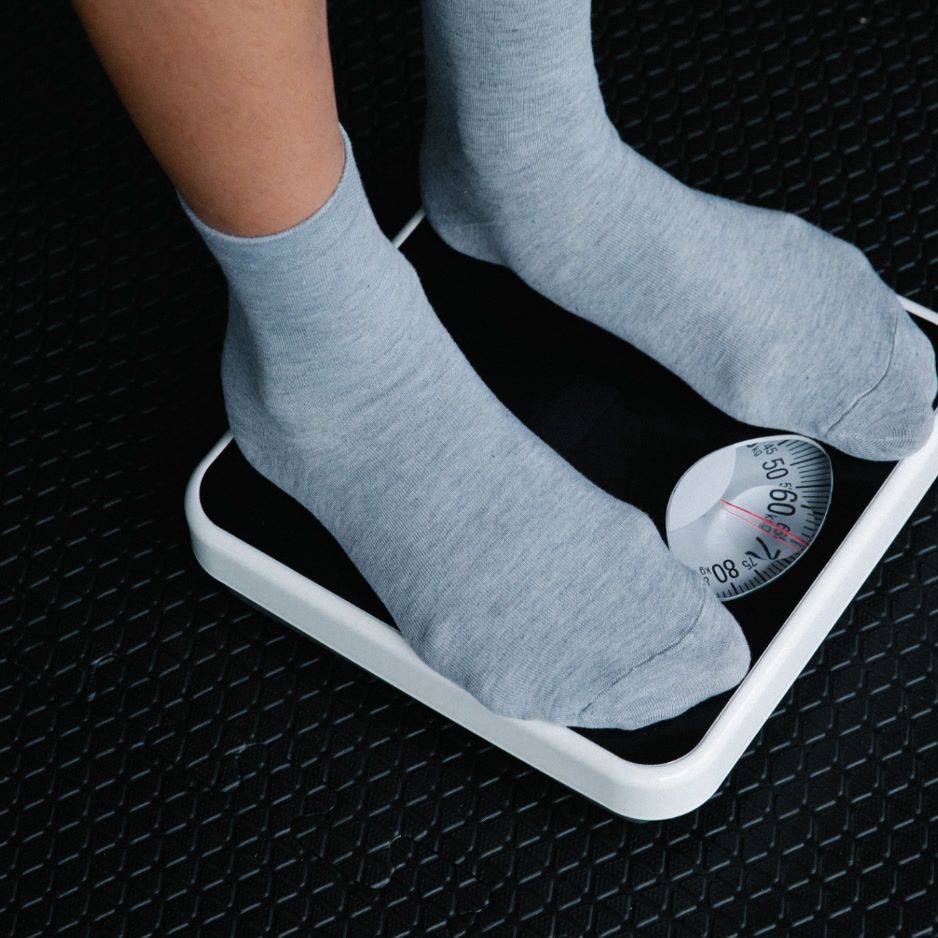How to Get Big Lats: Your Guide to a Wider Back

How to Get Big Lats: Your Guide to a Wider Back
Getting big lats—those “cobra-hood” muscles that flare from your ribs—does more than make you look athletic. A wider back supercharges pull-ups, punching power, climbing endurance, and even protects your spine when you deadlift heavy.
The good news? Building a broader back follows a repeatable formula: prioritize smart pulling patterns, progress your workload, fuel recovery, and measure results. Below you��’ll find evidence-based exercises, clear programming templates for every level, and objective tracking tips—complete with BodySpec DEXA insights—so you can spread your wings with confidence.
Why Care About Your Lats?
The latissimus dorsi are the broad, wing-shaped muscles that create the coveted V-taper many lifters chase. Beyond looks, strong lats improve pull-up numbers, punching power, climbing economy, and even spinal stability during heavy deadlifts. They anchor your upper body to your hips—neglect them and every pull, throw, and swing suffers.
Quick Anatomy Refresher
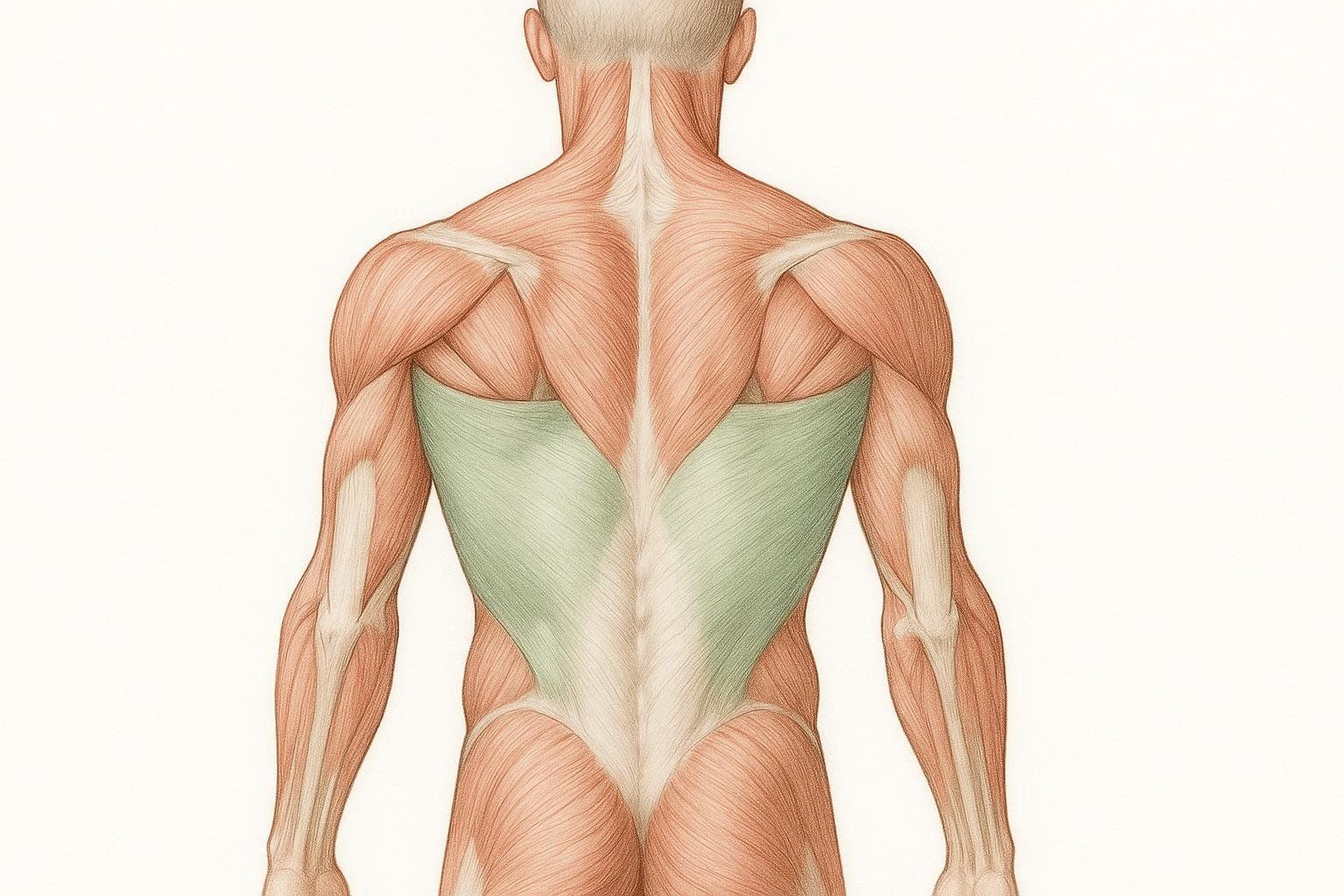
The lats originate along the lower spine and iliac crest and insert into the humerus. Their primary actions are shoulder adduction, extension, and internal rotation. Think: pulling your elbow down to your hip or driving your arm behind you to improve your posture.
Evidence-Based Lat Builders
| Exercise | Why It Works | EMG / Key Highlights |
|---|---|---|
| Wide-Grip Pull-Up | Max vertical pulling tension | Highest lat activation of eight back exercises tested (ACE study) |
| Chin-Up (supinated) | Extra biceps help novices clear the bar | Second-highest lat activation in the same ACE study |
| Bent-Over Row | Combines horizontal pull & hip hinge | Ranked in the top three for overall back activation by the same ACE study |
| One-Arm Dumbbell Row | Long ROM, unilateral balance | Pulling angle and deep stretch may help target lower lat fibers |
| Lat Pull-Down (medium grip) | Scalable for any level | Shows similar lat EMG with higher load tolerance (a 2014 grip-width study) |
| Dumbbell Pullover | Loaded shoulder extension from overhead | Meaningful lat & serratus activation—rivals pull-downs for novices (a 2011 EMG study) |
| Seated Cable Row | Stable horizontal pull with constant tension | Comparable lat EMG to bent-over row while sparing the lower back |
| Straight-Arm Pull-Down | Isolates lats, minimal biceps involvement | High activation without elbow flexor assistance—ideal for pre-exhaust |
Key Technique Cues for Lat Growth
Pull-Ups
- Set shoulder blades “down & together” before leaving the hang.
- Drive elbows toward your back pockets, not toward the bar.
- Finish when chin clears bar and chest angles toward it.

Bent-Over Row
- Hinge until torso is just above parallel.
- Row bar to low ribs/upper abs.
- Pause one second; lower under control for a full stretch.
At-Home & Minimal-Equipment Options
At-Home Lat Builder (2-Day Split)
Day 1 – Monday
| Exercise | Sets × Reps |
|---|---|
| Doorway Pull-Ups (band-assisted to stay within 6–8 reps) | 4 × 6–8 |
| Inverted Rows Under Table | 4 × 10–12 |
| Towel Rows Around Door | 3 × 15 |
Day 2 – Thursday
| Exercise | Sets × Reps |
|---|---|
| Resistance-Band Kneeling Lat Prayers | 4 × 12 |
| Straight-Arm Band Pull-Down | 3 × 15 |
| Inverted Rows Under Table | 4 × 10 |
Aim for at least one day of rest between sessions.
Programming Templates
Beginner Gym Program (2-Day Split)
Day 1 – Monday
| Exercise | Sets × Reps |
|---|---|
| Lat Pull-Downs | 4 × 8–10 |
| Seated Cable Row | 3 × 10 |
| Resistance-Band Lat Prayers | 3 × 12 |
Day 2 – Thursday
| Exercise | Sets × Reps |
|---|---|
| Assisted Pull-Ups (band) | 3 × 6–8 |
| Bent-Over Row | 4 × 8 |
| Dumbbell Pullover | 3 × 15 |
Progression: When you exceed the top end of a rep range for all sets, add 5 lb (or the next band level) and repeat.
Advanced Plateau-Breaker
Programming logic at a glance:
- Linear rep drop on vertical pulls: Reps decrease each week (10 → 8 → 6) to drive progressive overload.
- Match rows to pulls: Horizontal rows mirror that rep scheme for balanced development.
- Strategic deload (Week 4): Reduce load 20–30 % to allow supercompensation and connective-tissue recovery before the next cycle.
Back Day A – Vertical Focus
| Exercise | Week 1 | Week 2 | Week 3 | Week 4 |
|---|---|---|---|---|
| Weighted Pull-Up | 3 × 10 | 3 × 8 | 3 × 6 | 2 × 6 (−30 % load) |
| Lat Pull-Down | 3 × 12 | 3 × 10 | 3 × 8 | 2 × 12 (light) |
| Straight-Arm Pull-Down | 3 × 15 | 3 × 12 | 3 × 10 | 2 × 15 (light) |
Back Day B – Horizontal & Thickness Focus
| Exercise | Week 1 | Week 2 | Week 3 | Week 4 |
|---|---|---|---|---|
| Barbell Row | 4 × 10 | 4 × 8 | 4 × 6 | 3 × 8 (−20 % load) |
| One-Arm Dumbbell Row | 4 × 10 | 4 × 8 | 4 × 6 | 3 × 8 (light) |
| Seated Cable Row | 4 × 12 | 4 × 10 | 4 × 8 | 3 × 10 (−20 % load) |
Perform Back Day A and Back Day B once each per week (e.g., Monday and Thursday) with at least 48 hours between sessions.
Bonus Intensifiers (Optional)
- Eccentric Overload: After reaching technical failure on pull-ups, step onto a box to start at the top; lower for a 5-second descent for 3–4 extra reps.
- 1½ Reps: From the dead-hang, pull halfway up, lower, then perform a full rep to extend time under tension.
- Myo-Reps: Finish your final set by resting 20 seconds, then completing mini-sets of three reps until form breaks.
Nutrition & Recovery Essentials
- Protein: 1.6–2.2 g/kg body weight supports hypertrophy (meta-analysis).
- Calories: 250–500 surplus for bulking; maintenance for recomposition.
- Sleep: Regularly getting fewer than seven hours sharply blunts muscle protein synthesis.
- Deloads: Every 6–8 weeks, reduce volume ≈ 40 % to resensitize growth pathways.
Measuring Progress (Where BodySpec Comes In)
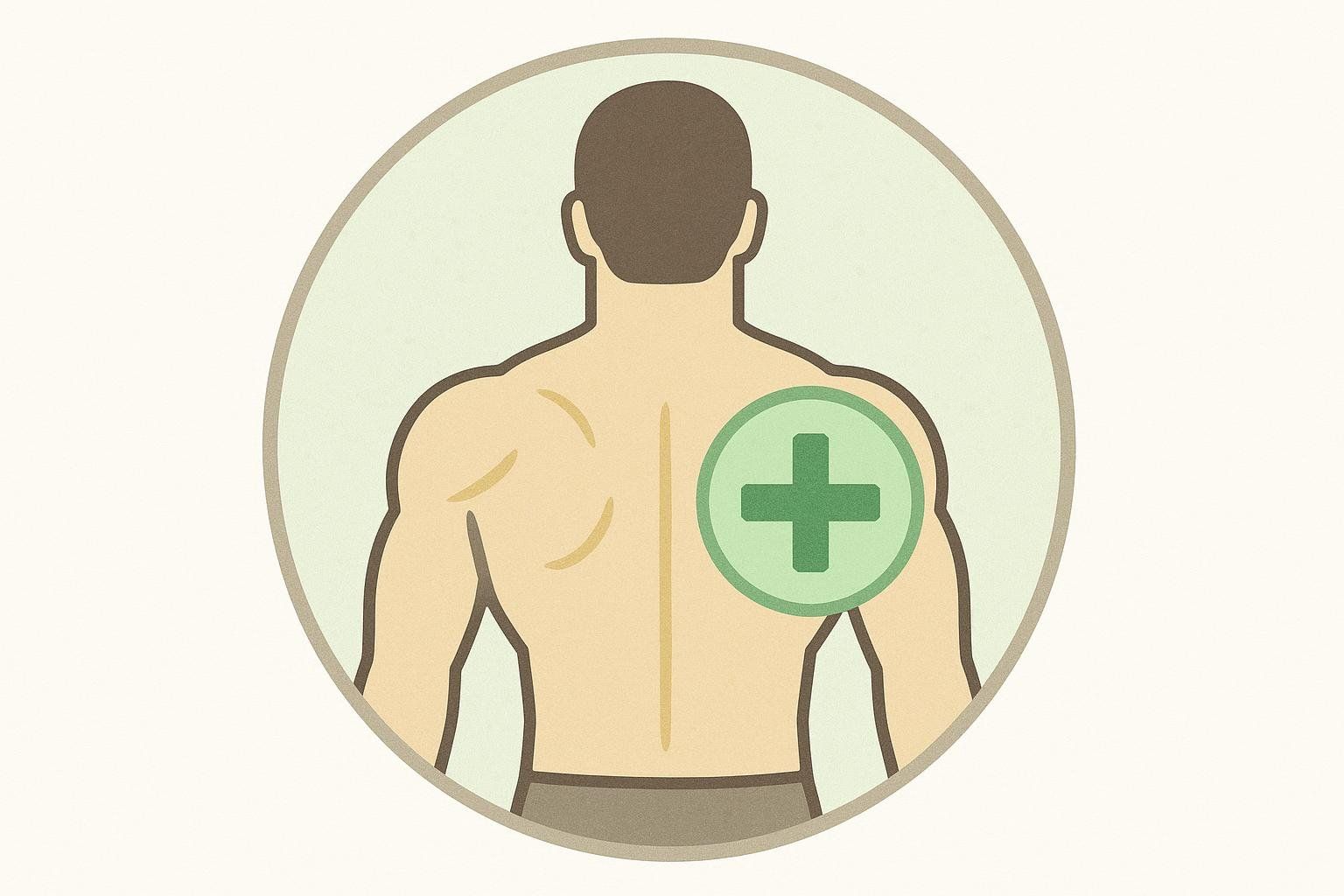
Tape measures and mirror selfies are fine, but DEXA scans quantify lean-mass changes in each arm and torso quadrant, letting you see exactly how much muscle your lats added. Schedule scans every 12 weeks for objective feedback. Learn how a DEXA scan works.
Common Mistakes That Kill Lat Gains
- Elbows flaring—shifts work to upper-back and rear delts.
- Short range of motion—skipping the deep stretch reduces fiber recruitment.
- Over-pulling with biceps—cue elbows, not hands.
- Skipping recovery—joints ache, lats stagnate.
FAQ
How often should I train lats? Two to three focused sessions per week with at least 48 hours between vertical-pull days works for most lifters.
Do I need fancy machines? No. A pull-up bar plus dumbbells or resistance bands covers every movement pattern.
Rows or pull-ups—which is better? Both. Vertical pulls maximize width; horizontal rows add thickness and scapular stability.
Can everyone benefit from bigger lats? Yes—strong lats stabilize the shoulder, boost posture, and add power to pulls and swings.
How long to see visible changes? With consistent training and nutrition, expect measurable DEXA muscle gain in 8–12 weeks. Visual V-taper improvement often follows soon after; see how long it takes to see strength-training results.
Key Takeaways
- Prioritize pull-ups, bent-over rows, and one-arm rows for maximal lat activation.
- Progressive overload + enough calories & protein = growth.
- Track objectively with BodySpec DEXA scans to validate your effort.
- Avoid common form and programming mistakes to keep gains coming.
Put it all together and you’ll earn that powerful, eye-catching V-taper—and the strength to match.
